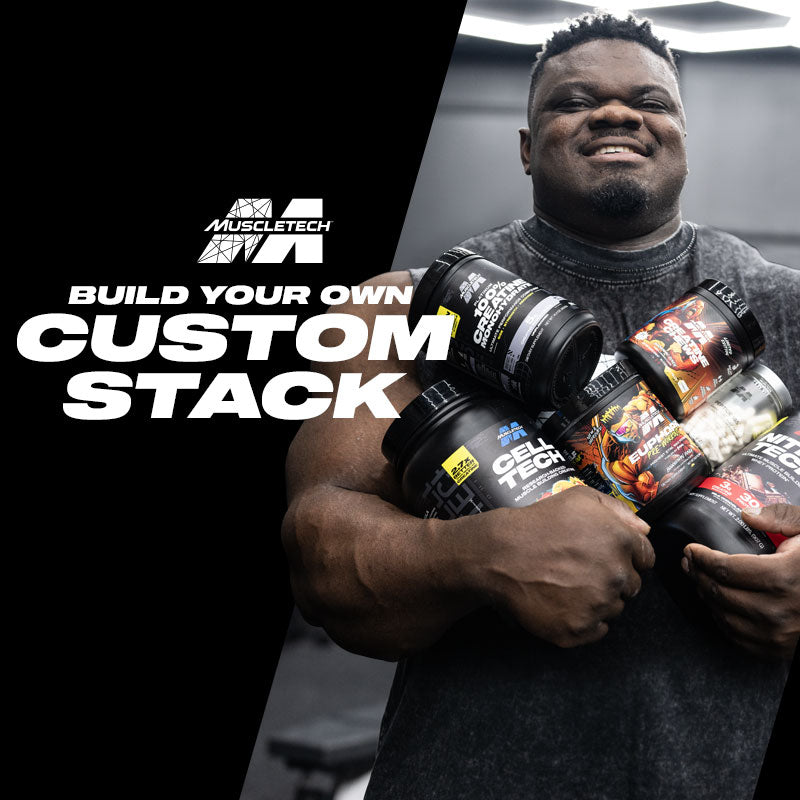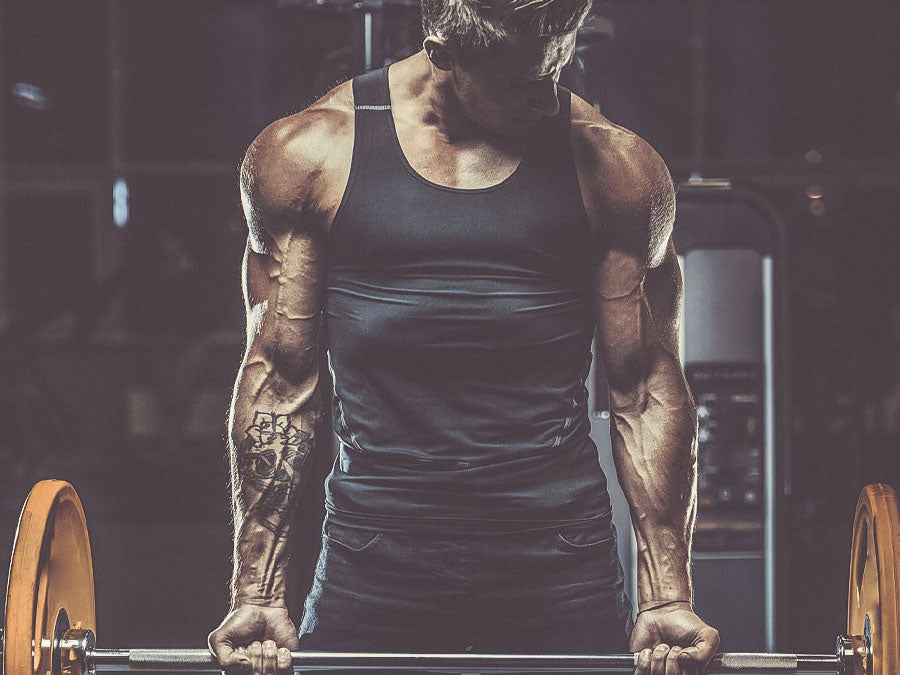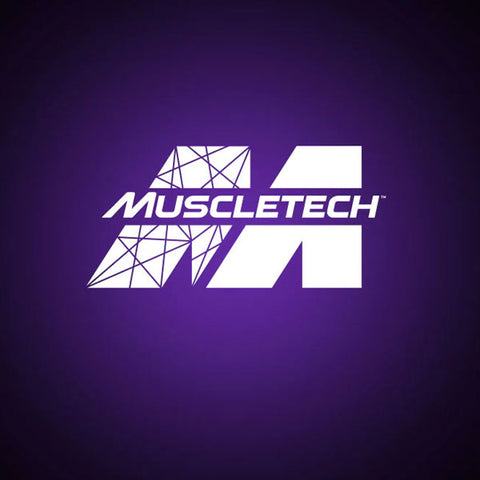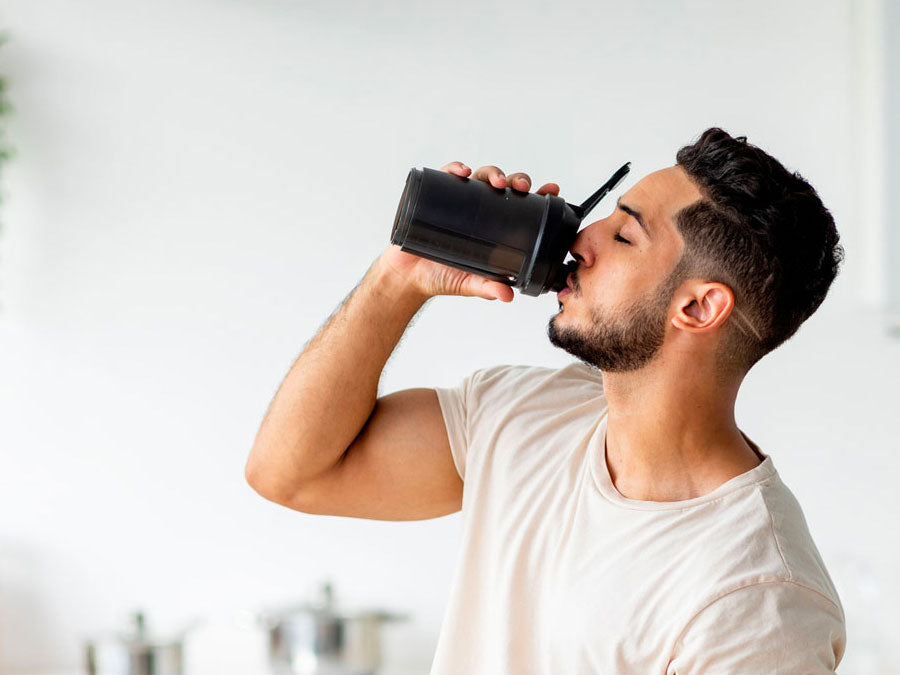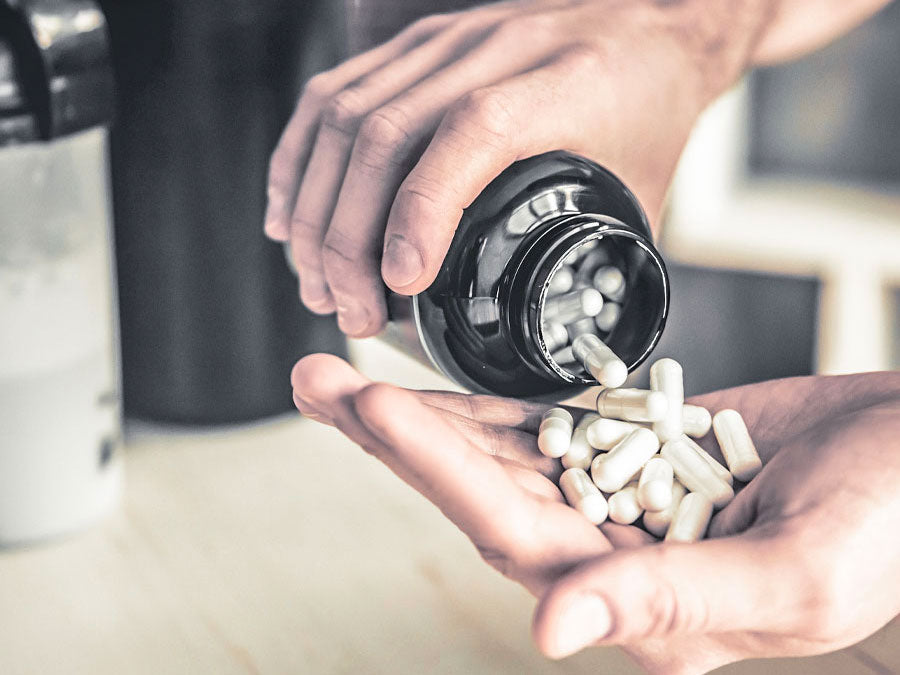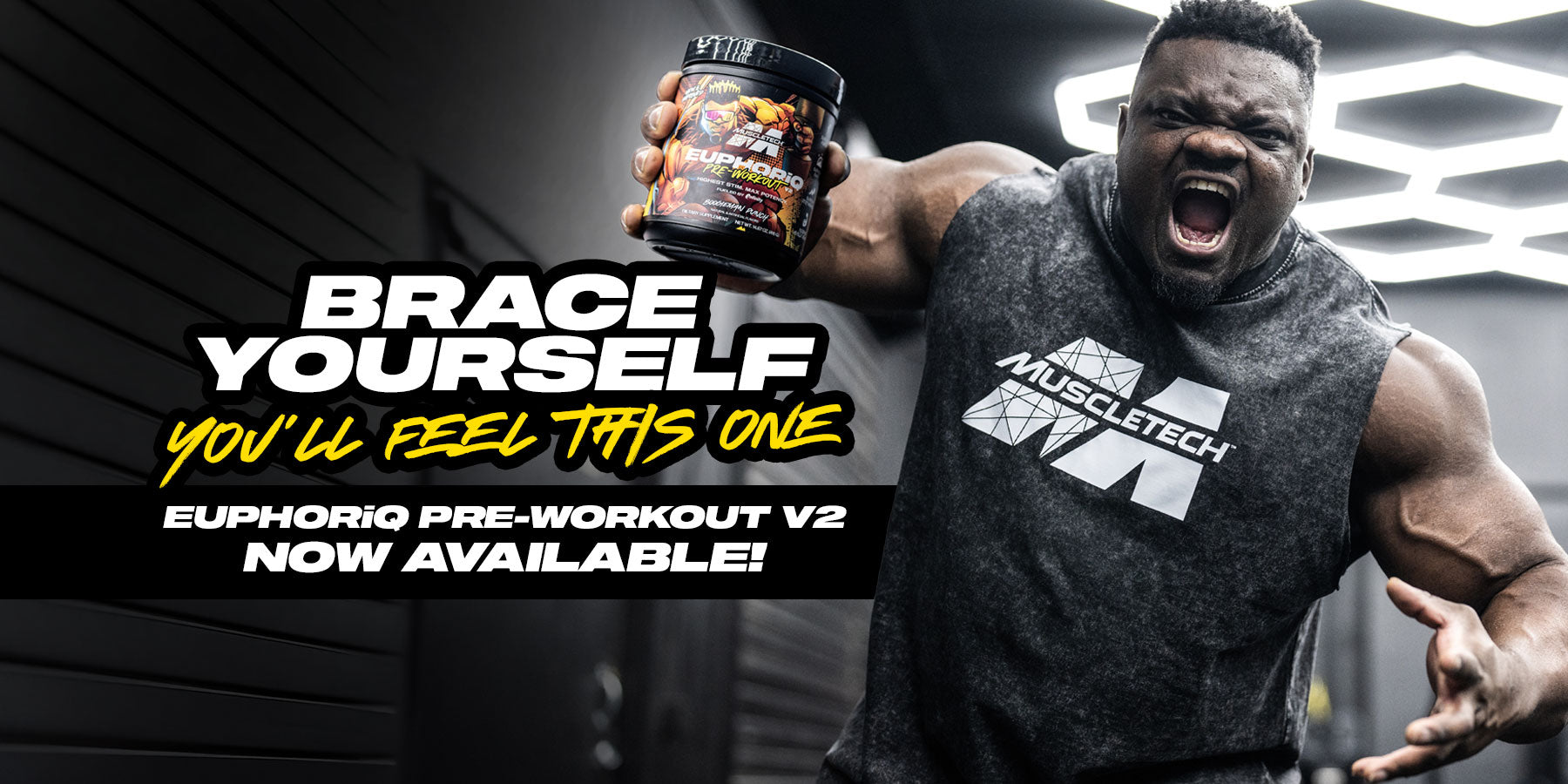When you train, a neurotransmitter called acetylcholine triggers a release of calcium in the muscle fibers, which causes the enzyme nitric oxide synthase to make nitric oxide from the amino acid arginine.
The nitric oxide hormone then leaves the muscle fiber and hooks up with cells lining the veins and arteries. This causes dilation of the veins and arteries, which allows more blood to enter the muscle, leading to a pump.
Also Read: What Does Post Workout Mean?
What’s interesting about muscle pumps, is they’re just not for looks and ego – and though we all can appreciate how great a full-on arm pump looks and feels with a tight shirt on – increased blood flow delivers more oxygen and nutrients to the exercising muscle and get rid of waste products.
This makes your training more effective and you will recover from the set more quickly. And all of this blood works to remove the lactic acid and the carbon dioxide and any other byproducts of the muscular contraction, and to exchange these waste products for the energy and nutrients the muscle needs to continue the muscular contraction process.
The result?
You will be able to lift more weight during upcoming workouts.
Also, if your muscle is filled with blood, it is getting bigger. In order to expand or allow that muscle room within the tissue to hypertrophy, you have to stretch the fascial tissue constraining the muscle. That is what, to an extent, the pump will do.
Also Read: The Ultimate Guide to Trap Workouts
Some of the “nice pain” that you may experience from a crazy muscle pump is the stretching of that outer layer. Expanding this tough network of connective tissue surrounding muscle gives your muscles more space to grow like a balloon filling with air.
Visit our Shop to Buy the Best Body Building Supplements
Read Our Top Read Content:
